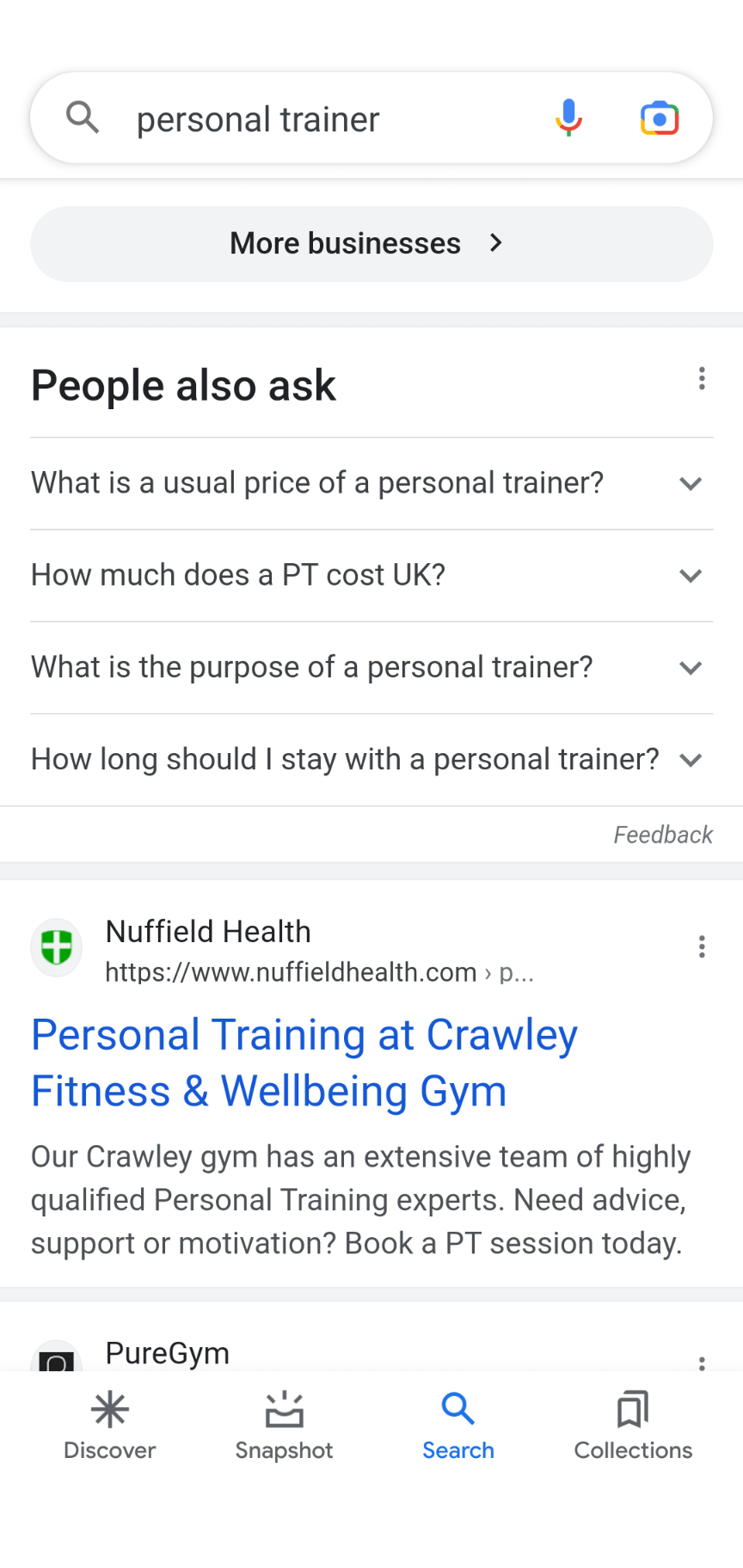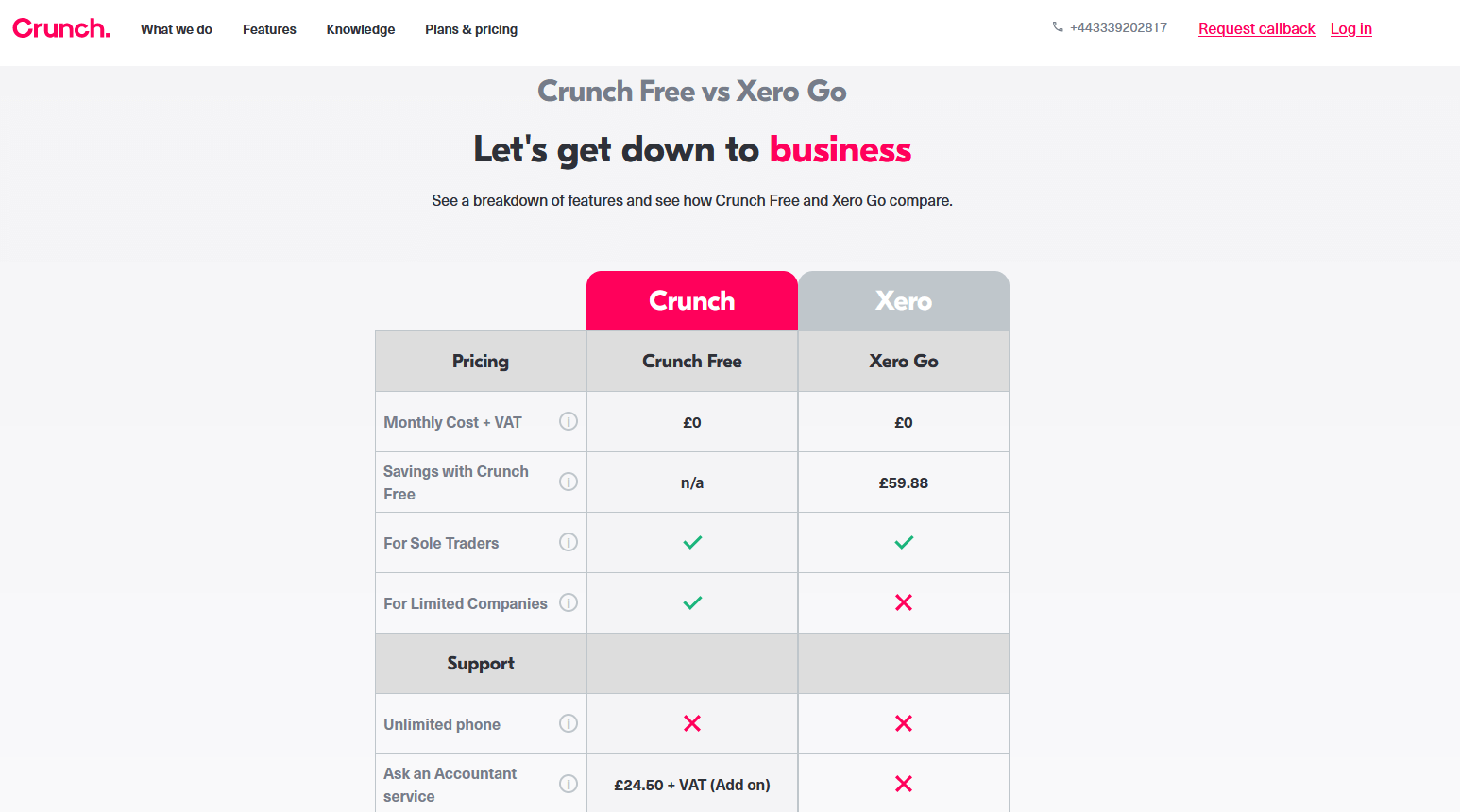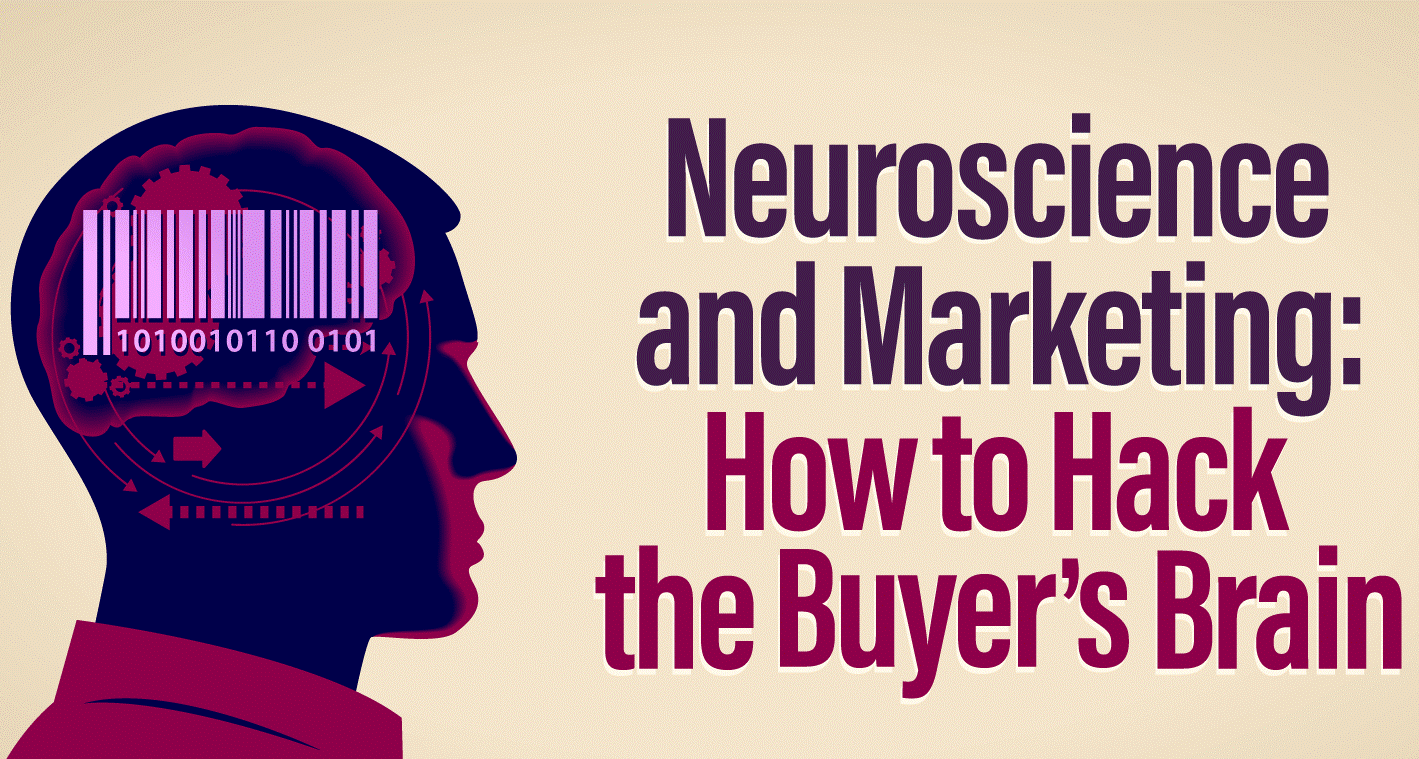Neuroscience and Marketing: How to Hack the Buyer’s Brain
This article was co-created by Kenda Macdonald and Michael Stelzner. Click here to watch the video https://youtu.be/5mP4gfBd8D0
Why Marketers Need Neuroscience
Each of your followers, subscribers, and customers has a brilliant human brain. While each person has their own history, experience, circumstances, and personality, all of those brains work in pretty much the same way.
As a marketer, you need to understand how our brains make decisions, choose which information to focus on, and overcome objections. Then you can use that understanding to influence decisions for the better. You’ll also be equipped to spot the most effective marketing tools and concepts instead of just jumping on the next bandwagon that comes along.
That’s where neuroscience comes in. It’s the scientific study of exactly what happens in our brains when we process information, feel emotions, and make decisions.
But first, a word of caution. We’re not talking about psychological manipulation. We’re not talking about so-called “dark patterns” that trick users into certain actions. We’re not going to manipulate your audience into doing anything they don’t want to do.
Instead, neuroscience in marketing is about working with the decision-making processes that your customers are already using. You can support them in their decision by providing the right content at the right time.
It’s been proved over and over again that if you try to manipulate your audience, they’ll notice. If you push people toward the wrong decision for them, you’ll get regretful customers, returned products, and bad reviews. You’ll fundamentally damage the trust that builds up between brands and consumers.
But if you get this right? If you stick to the real neuroscience and focus on positive influence instead of negative manipulation? You’ll create more valuable content, convert more customers, and see a higher return on investment and customer lifetime value. It’s science!
Understand How the Customer Brain Thinks
The first and most important step is to understand how people make purchase decisions.
To do this, we’ll look at some research from Brian Knutson and his team at Stanford University.
Products, Pain, and Pleasure
The Stanford University experiment tried to set up a basic version of a buyer’s journey. Participants in the study were placed in an fMRI scanner, which takes images of the brain by measuring the strength of blood flow to different regions.
Then each person was shown three things:
- A product
- A price
- A button for participants to say “yes” or “no” to making a purchase
As you might expect, when a desirable product flashed up on the screen, people’s brains lit up. Specifically, the reward centers of their brain lit up. Their brains were releasing dopamine, a chemical linked to desire that encourages us to take action.
So far, so good.
But when they showed participants how much the product cost, something unexpected happened. The regions of the brain that handle math, decision-making, or even emotion failed to light up.
Instead, one area of the brain went crazy: the pain centers.
The pain centers in our brain can respond to both physical and psychological pain. In this case, the pain comes from being asked to give up something we value—our hard-earned cash. People’s brains light up similarly when they’re asked to share any other resource such as food.
The Purchase Formula
With these surprising findings, Knutson’s team came up with the purchase formula. The formula says that the chances of someone making a purchase are linked to the amount of pain versus pleasure they feel.
Likelihood of making a purchase =
(amount of reward center activation) – (amount of pain center activation)
This changes everything for marketers. We used to write ads that focused on low, low prices—but actually, people don’t want to think about prices. They’re painful and it’s impossible to remove that pain completely, however great your discounts are.
The only thing you can affect is the amount of reward center activation. The more positively people feel about your products or services, the less the pain of pricing will affect them. You can still sell expensive goods as long as you can make them seem rewarding enough.
How to Make Your Brand More Rewarding
So how do you make that happen? How do you get people’s reward centers to light up when they think about your brand or see your products?
Reward center activation is strongly linked with something called “associative recall.” This means that people have positive memories stored away that are associated with your brand, products, or services. The stronger the associative recall—in other words, the more positive memories they have—the bigger the reward activation.
This means that you have to show up, repeatedly, over time, in a way that’s positive for your customers. If they remember you as someone who provides them with valuable, relevant, and timely content, then they’ll be more prepared to buy from you.
Understanding reward activation is your secret weapon as a neuroscientific marketer.
How to Increase Reward Activation
As we’ve seen, increasing reward activation takes time. You have to build up a bank of positive associative recall over the course of the customer journey.
But here’s where it gets tricky. Customers need, want, and value different things at different times. Content that might support positive recall at the end of the buyer’s journey could be useless at the beginning.
So we’re going to break that journey down according to Eugene Schwartz’s classic model of customer awareness. Each stage requires a different approach to building positive recall in your audience.
There are five stages of awareness, according to Schwartz. And strangely enough, they’re almost exact matches for neuroscience’s model of how the brain processes new information.
- Your audience doesn’t know they have a problem. It’s hard to get them interested in your products or services.
- Problem aware. Your audience realizes they have a problem to solve but they don’t know how to fix it yet.
- Solution aware. Your audience starts to search for more information about solving their problem. What options do they have?
- Product aware. Your audience is reviewing a few different options such as competing brands. They have a mental model of what’s good and bad about each potential solution.
- Most aware. Your audience knows they like your solution to their problem. They’re looking at sales pages, evaluating prices, and talking to salespeople.
The key takeaway here is that customers don’t jump straight from problem-aware to most aware. You have to guide their brains through the neural process of noticing a problem, then investigating solutions, and finally settling on a specific brand.
Each stage of the process involves radically different behavior, emotions, and content needs. If you create content that answers the right need for each stage, then you’ll earn higher associative recall from your customers. This means higher reward center activation and higher sales.
#1: Unaware
The first stage of the awareness journey is the hardest for marketers. Your customers don’t know who you are. They don’t know that you can solve a problem for them. In fact, they don’t even know they have a problem!
That has neuroscientific implications. Our brains make decisions all the time about when to pay attention. If someone hasn’t become aware of a problem, then it takes time and effort to make them aware—to persuade their brain to pay attention.
So how do we get that attention? The trick is not to explicitly name the problem, at least at first.
Instead, focus on the symptoms of the problem. Pick away at them until your audience gradually becomes aware that this problem is bothering them.
Here’s a classic example of this technique in action: Nespresso coffee pods. Nespresso faced an uphill marketing challenge at first because the price points of the coffee machine and pods are higher than other ways of making coffee at home.
They got through to their audience by comparing their product to barista-made coffee from a café, instead of comparing it with cheaper home methods. They made people think about all of the little problems of going out for coffee: an even higher price, travel time, queuing up for your drink…
Eventually, they were able to recommend Nespresso as the brand that gives you a café-level experience without any of the negatives. They agitated a problem and then offered up the solution.
To this day, Nespresso’s marketing uses straplines such as “become a barista at home.”
Similarly, you want to make your audience aware of their problem by highlighting all of the little irritations and pain points that it causes. They’ll reach a tipping point where they become problem aware—what Google refers to as “the Zero Moment of Truth.”
#2: Problem Aware
The Zero Moment of Truth is when someone finally becomes aware that they have a problem. They’re alert to all of its repercussions and harm. They want to find out more about what’s going on.
As a marketer, this is the easiest awareness stage to research. Because people start searching online at this stage, you can use SEO information to learn what they’re looking for. Search for keywords, phrases, and questions that people ask related to a specific problem.
Google’s own People Also Ask feature is an invaluable resource for researching the problem-aware stage.

You can also learn more about this stage by talking to your customers. What was the problem that made them contact you first? What problems do they still have now?
Use this information to create content that speaks to the challenges and problems your audience is facing. Offer an expert view on the nature of the problem, what causes it, and how to solve it.
Be sure to use the same keywords, phrases, and questions that came up in your SEO research so you can reach new potential customers as soon as they start searching for answers. Remember, our brains are constantly choosing which pieces of information to engage with. If you label your content clearly with plenty of SEO keywords, then people are more likely to notice it.
Authoritative content like this will have an impact on the brain processes behind your customers’ decisions, too. When someone searches a question and you immediately give them a valuable answer, their reward centers will light up. That’s another bit of positive associative recall in the bank!
Over time, you can create a “daisy chain” of content, where each piece of information leads to another, teaching your audience more and more about your brand. Anticipate their follow-up questions and set out an easy path of content for them to follow toward a sale.
#3: Solution Aware
When your audience has spent a while following your daisy chain of content, they’ll become solution aware. They recognize their problem; they understand it; now they want to solve it. They want to find out what their options are.
Your goal at this stage is to help people define what a “good” or “bad” solution means to them. Labeling things as good or bad is a key part of how the brain makes decisions. You can guide customers toward your brand by helping them think about the pros and cons of different solutions to their problems.
Once again, SEO will be useful. You can use features like People Also Ask to find out which criteria matter the most to your customers, then create content about those criteria.

SEO research can help you learn about how customers decide between brands.
Some marketers worry that if they ever refer to alternative solutions, then they’ll lose their audience. Mentioning competitors could mean you lose their attention.
But wait a second: that’s a good thing!
Your content isn’t just there to attract customers. It’s also meant to filter and qualify potential customers. If someone loses interest in your brand when they see another option, they were never meant to be your customer.
Just like in the previous stages of awareness, you create more positive recall by providing your audience with this kind of targeted and helpful content.
#4: Product Aware
After a while, your audience will move to the next stage of the journey: becoming product aware.
They’ve learned more about the solutions that are out there and they’ve learned how to assess different options. They have a mental model of the solution—the product or service—that they want.
It can be actively good for your brand to show a range of options, review different solutions, and even make direct comparisons at this stage. An honest compare-and-contrast page can be a highly effective marketing tool.

Your audience has criteria in mind and they’re almost ready to make a decision. Providing content that helps them make that decision will reinforce their positive image of your brand.
#5: Most Aware
The fifth and final stage of awareness is the most aware. This is when customers are ready to make a purchase. It’s time for your sales strategy to kick in.
If you’ve followed the model above, offering the appropriate content for each stage, then your audience will already have positive associative recall with your brand.
They’ll see your product or read your sales message and their brains will be ready to make the right decision.
Seems like a lot to consider. Let the team at AMS help you through this process. Contact us today!


